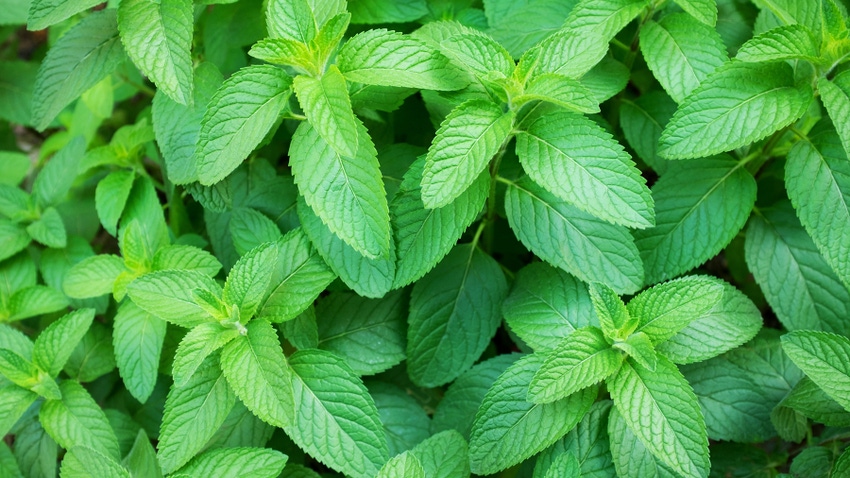
Who doesn’t love the aroma of peppermint and spearmint? But where is all of that mint grown?
The answer is not Nebraska … yet. But the U.S. supplies more than 70% of the peppermint for the world, and states such as Oregon, California, Idaho, Washington, Wisconsin and Indiana make the top mint-producing list.
Nebraska, in comparison, has fewer than 500 acres in mint production, but that could change as University of Nebraska researchers at the UNL Panhandle Research, Extension and Education Center in Scottsbluff partner with local farmers Dan and Becky Fitts of Melbeta, Neb., to conduct mint production studies for the region.
Fragrant acres
Mint is a genus of 25 species of fragrant herbs native to Eurasia, North America, Australia and southern Africa. Species like peppermint and spearmint are used as flavorings for foods, liqueur and dentifrices. Essential oils in the leaves and stems are used as scents in perfumes, and some species are used in herbal medicine.
Because western Nebraska has climate conditions similar to the top mint states, researchers believe that mint production could have a future in the Panhandle. Nebraska Farmer recently talked with Bijesh Maharjan, Nebraska Extension soil and nutrient specialist at PREEC, about the studies being conducted on mint production.
The first mint research at PREEC — a collaborative effort between Maharjan and Dipak Santra, Nebraska Extension alternative crop breeder, and funded by the Nebraska Department of Agriculture Specialty Crop Block Grant — started in 2018 when research crews planted 14 mint varieties, including six peppermints and six spearmints — along with two intermediate mint varieties — in 22-inch rows with 5 inches between plants.
That year, they were planted in late May through early June and grown under irrigation, using standard practices. That first year, all mints had similar heights of about 7-13 inches and grew aggressively with basal shoots. Of those mints planted, Todd mint had the highest menthol content, which is the primary oil in peppermint. Scotch had the highest carvone content, the primary oil in spearmint.
Since then, Maharjan and Santra have been working on optimizing nitrogen fertilizer management for mint production.
High-input crop
“We didn’t realize at first how high of an input crop mint can be,” Maharjan says. “The farmer has to apply more nitrogen than irrigated corn.” Grown in well-drained soils, mint can have a nitrogen input as high as 204 pounds or more per acre, along with a high water input.
“Mint is like alfalfa in that it is a perennial crop that usually grows about five or six years in a field,” Maharjan adds.
Last year, researchers harvested one cutting on both peppermint and spearmint, but this year, Maharjan says they are looking at better yields and perhaps another cutting for the spearmint, trying to optimize nitrogen management and reduce potential nitrate-N loss through leaching.
On peppermint, Maharjan is conducting different nitrogen trials to measure losses through leaching, so researchers can eventually get information out on nutrient management if more farmers decide to produce mint in the state.
Learn more at farmprogress.com.
About the Author(s)
You May Also Like






